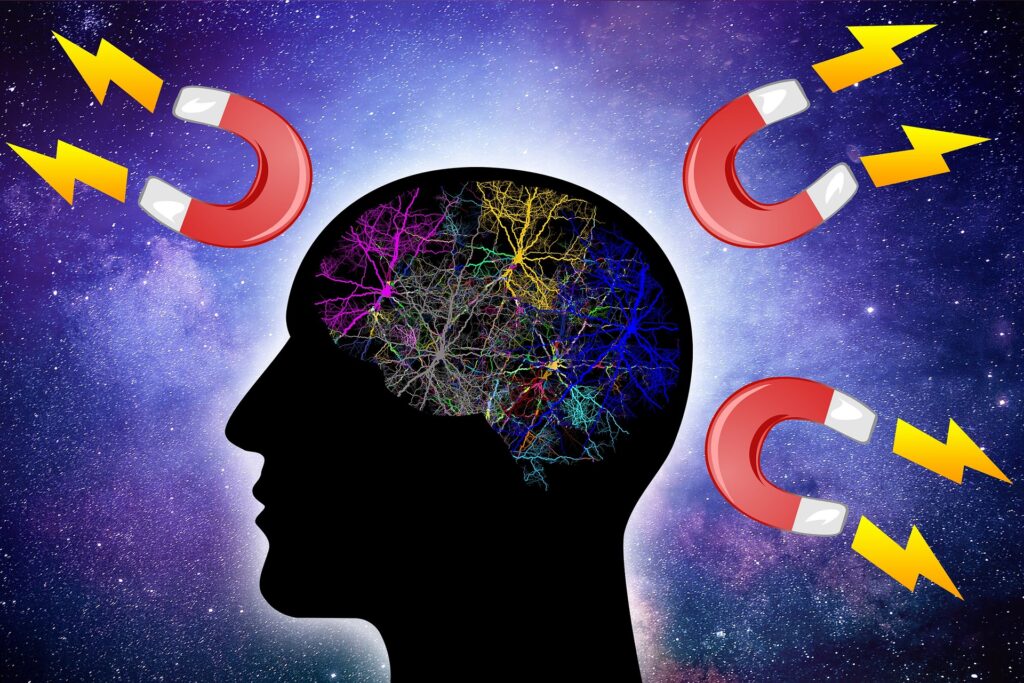The Law of Attraction: Principles, Applications, and Misconceptions

The Law of Attraction (LOA) is a popular philosophy that suggests that our thoughts and beliefs influence our reality. According to this principle, we attract positive or negative experiences and outcomes based on our dominant thoughts and emotions. In other words, we create our own reality through our perceptions, attitudes, and expectations.
Brief history of the Law of Attraction
Although the LOA has gained widespread popularity in recent years, its roots can be traced back to ancient teachings and philosophies. The concept of “like attracts like” has been explored in various spiritual traditions and religions, including Buddhism, Hinduism, and Taoism. However, it was the New Thought movement in the late 19th century that popularized the modern interpretation of the LOA as a means of personal growth and success.
Explanation of the main principles
The LOA is based on several core principles, including:
- Thoughts create reality: Our thoughts and beliefs shape our perception of the world and influence the events and circumstances we experience.
- Emotions are powerful: Our emotions are signals that indicate whether our thoughts and beliefs are aligned with our desires or not. Positive emotions such as joy, love, and gratitude indicate that we are on the right track, while negative emotions such as fear, anger, and frustration suggest that we need to change our thoughts and beliefs.
- Focus on what you want: To attract positive experiences and outcomes, we need to focus on what we want rather than what we don’t want. By visualizing our desired outcomes and feeling the emotions associated with them, we can attract them into our reality.

Understanding the Law of Attraction
The LOA suggests that our thoughts and beliefs create a vibrational frequency that attracts similar frequencies (Byrne, 2006). If we think positively and expect good things to happen, we emit a high-frequency vibration that attracts positive experiences and people. Conversely, if we focus on negative thoughts and beliefs, we emit a low-frequency vibration that attracts negative experiences and people.
The role of emotions in the Law of Attraction
Emotions are the key to the LOA because they indicate whether we are in alignment with our desires or not. If we feel joy, gratitude, and love, we are aligned with our desires and emit a high-frequency vibration that attracts positive experiences. On the other hand, if we feel fear, anger, or frustration, we are out of alignment with our desires and emit a low-frequency vibration that attracts negative experiences.
The importance of gratitude and visualization

Gratitude and visualization are powerful tools for aligning with our desires and attracting positive experiences. By expressing gratitude for what we already have and visualizing our desired outcomes as if they have already happened, we activate the positive emotions associated with them and emit a high-frequency vibration that attracts similar experiences. Read my article on Gratitude to get more important information, and why it’s important to practice gratitude daily.
Applying the Law of Attraction in Daily Life
To apply the LOA in daily life, it is important to set clear goals and intentions (Peale, 2003). By focusing on what we want and taking action towards our goals, we align ourselves with the positive outcomes we desire.
Developing positive affirmations
Positive affirmations are statements that reflect our desired outcomes and help us to reprogram our subconscious mind. By repeating affirmations that affirm our desires, we can shift our thoughts and beliefs to align with them.
Practicing mindfulness and meditation
Mindfulness and meditation are powerful practices for cultivating positive emotions and increasing our vibrational frequency. By being present in the moment and focusing on positive thoughts and feelings, we can attract positive experiences and outcomes.
Law of Detachment
With Law of Attraction, it is also important to be aware of Law of Detachment. Not a lot of people are aware of Law of Detachment, but it’s important to understand it and practice it together with the Law of Attraction. What it says is that we must detach ourselves from the result, a dream, an outcome in order to allow what we wish to happen in the physical universe. As Deepak Chopra says, “ In detachment lies the wisdom of uncertainty … In the wisdom of uncertainty lies the freedom from our past, from the known, which is the prison of past conditioning. And our willingness to step into the unknown, the field of all possibilities, we surrender ourselves to the creative mind that orchestrates the dance of the universe.” What he says is that Detachment is based on unquestioning belief of the power of one true self. Once you relinquish the attachment to your dream, outcome or result you will have what you desire. I will have a separate article on that as I find that subject fascinating!
Conclusion
While the Law of Attraction has its critics, many people have reported success in manifesting their desires through the principles of the Law of Attraction. Whether one believes in the Law of Attraction or not, focusing on positive thoughts, developing clear goals and intentions, and practicing gratitude and visualization are essential steps in achieving success and happiness in life. As such, it is worth exploring the principles of the Law of Attraction and incorporating them into daily life.
References
Byrne, R. (2006). The Secret.
Peale, D. N. (2003). The Power of Positive Thinking .
www.chopra.com

